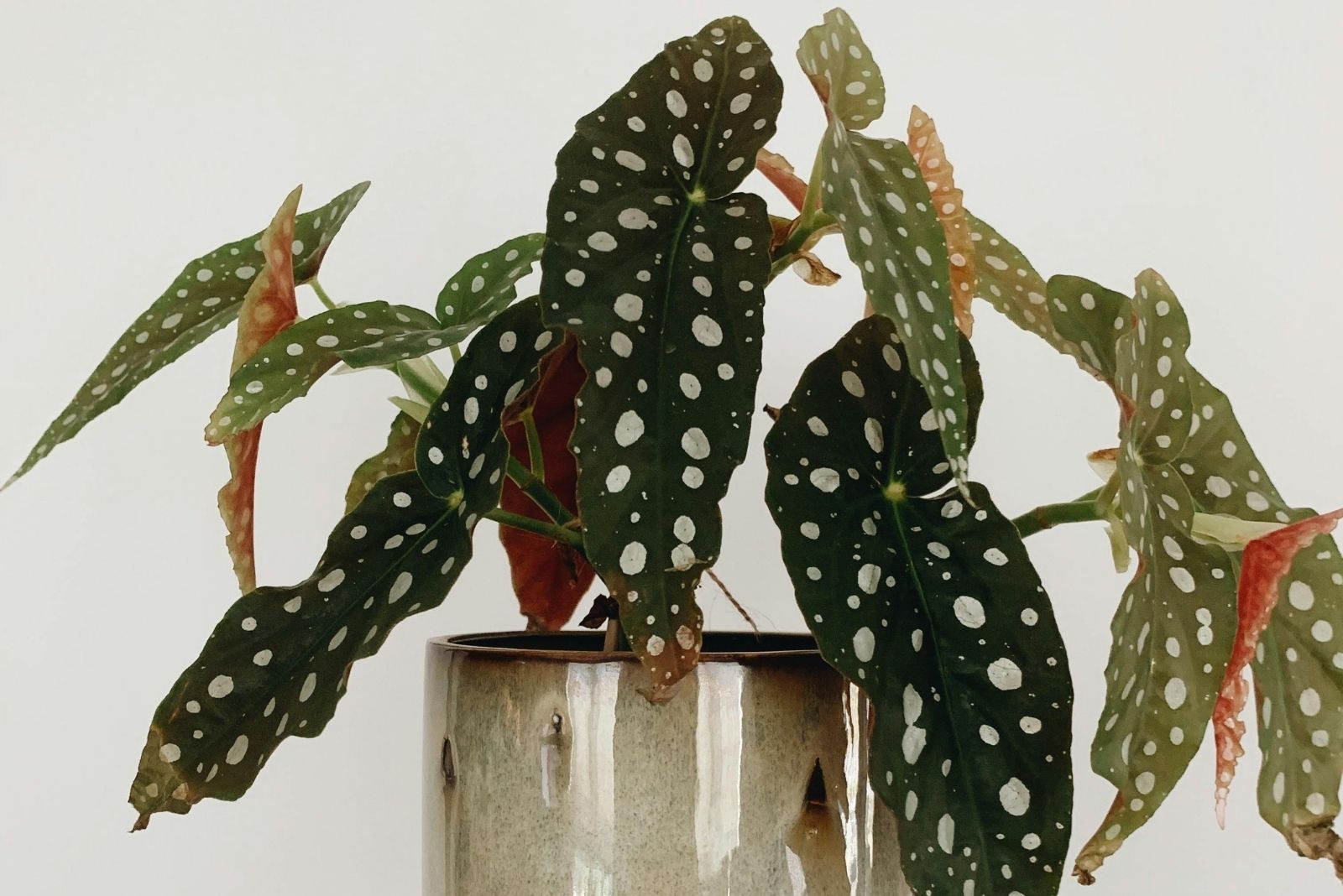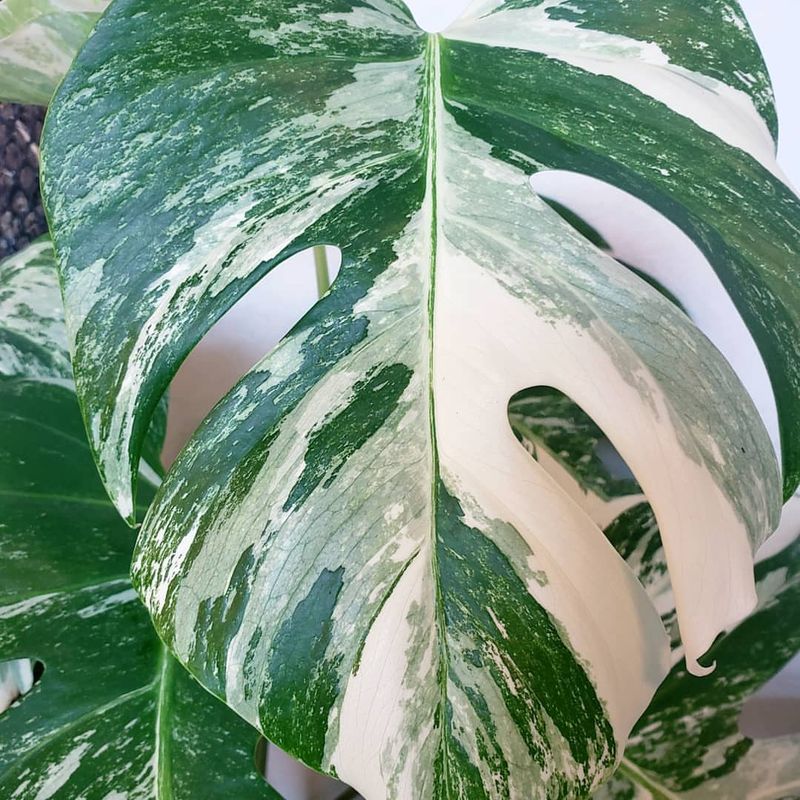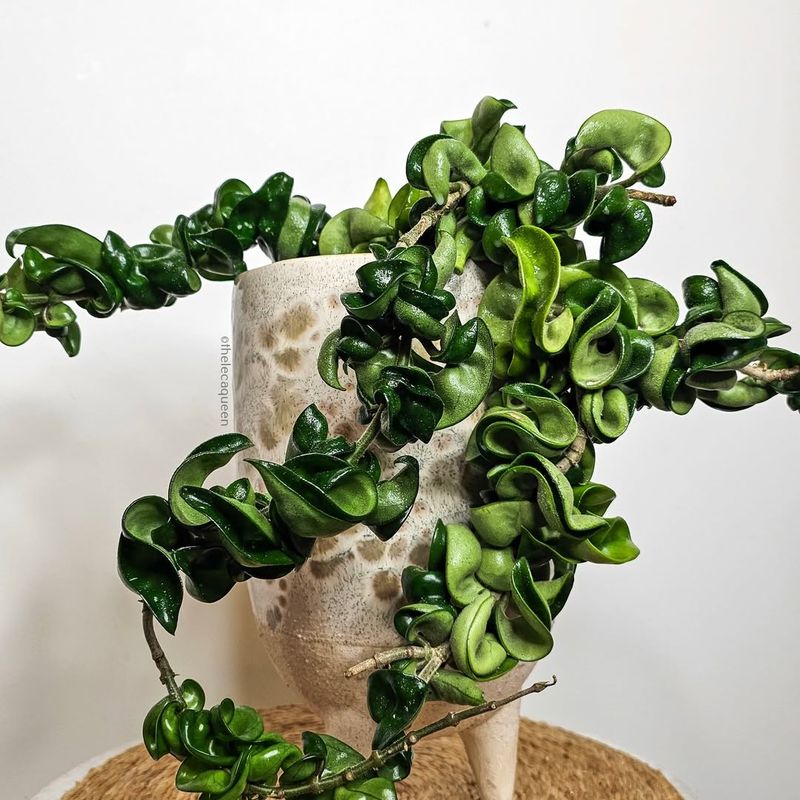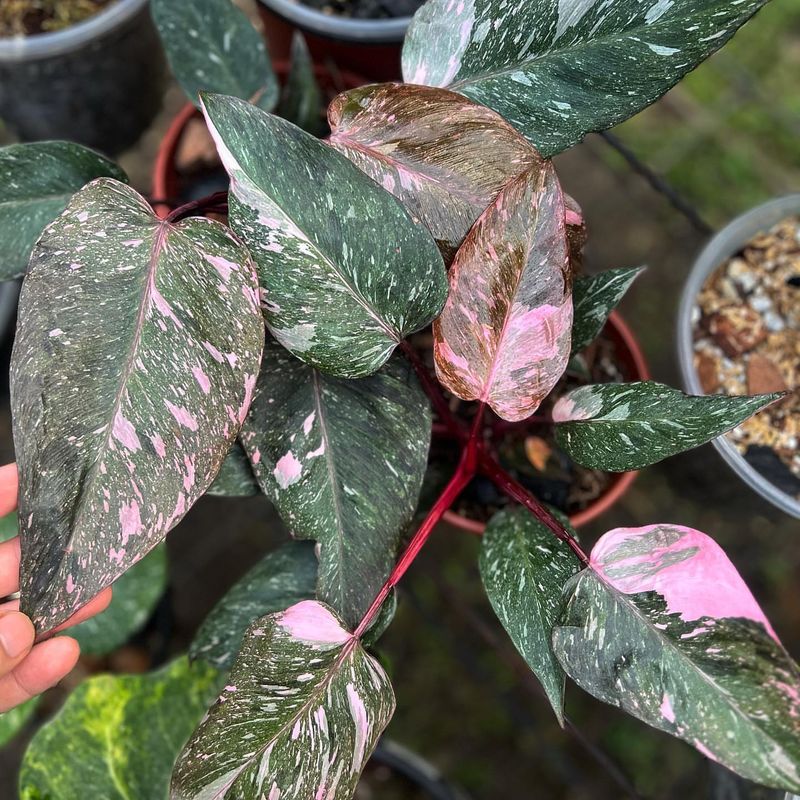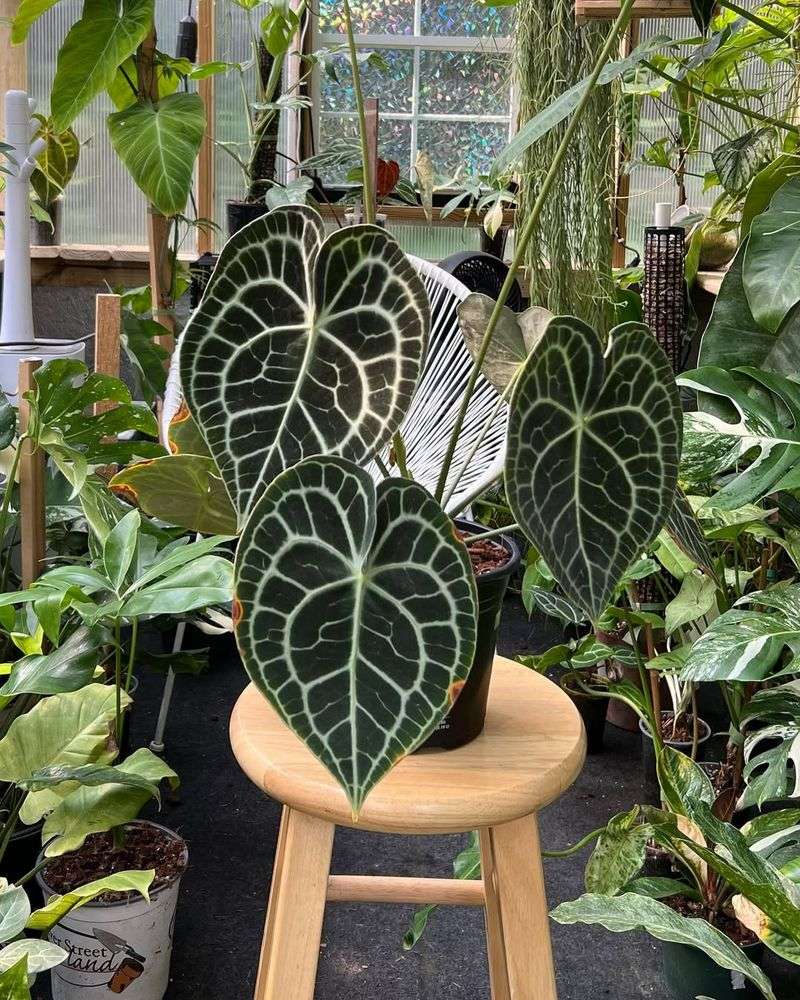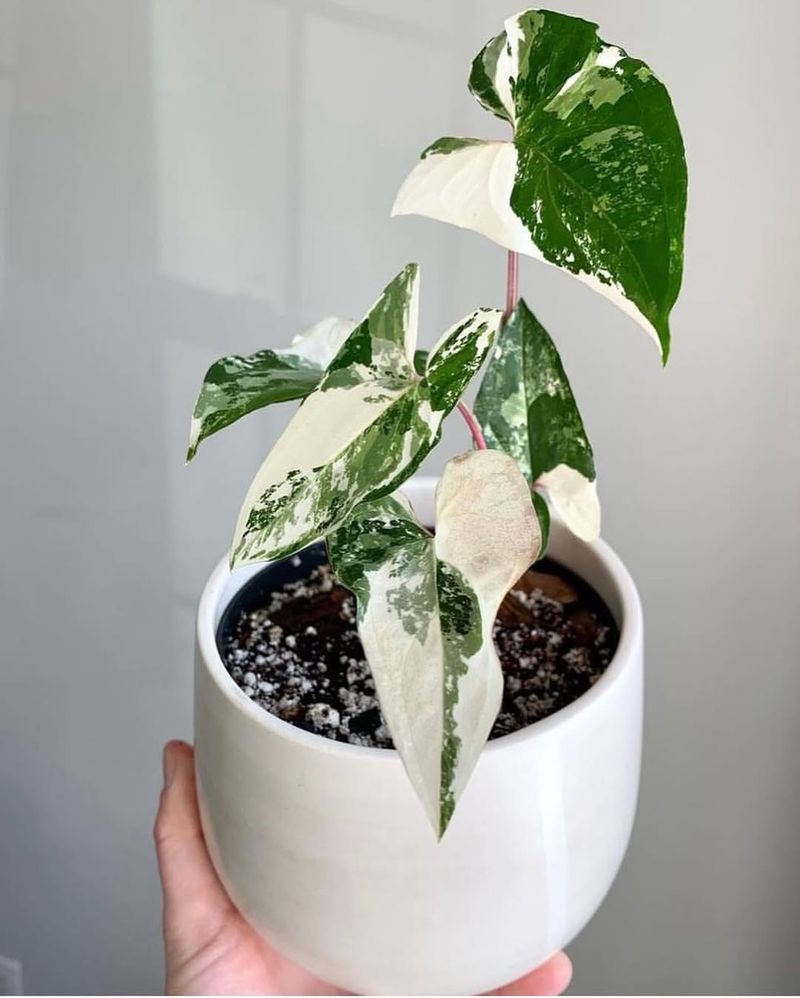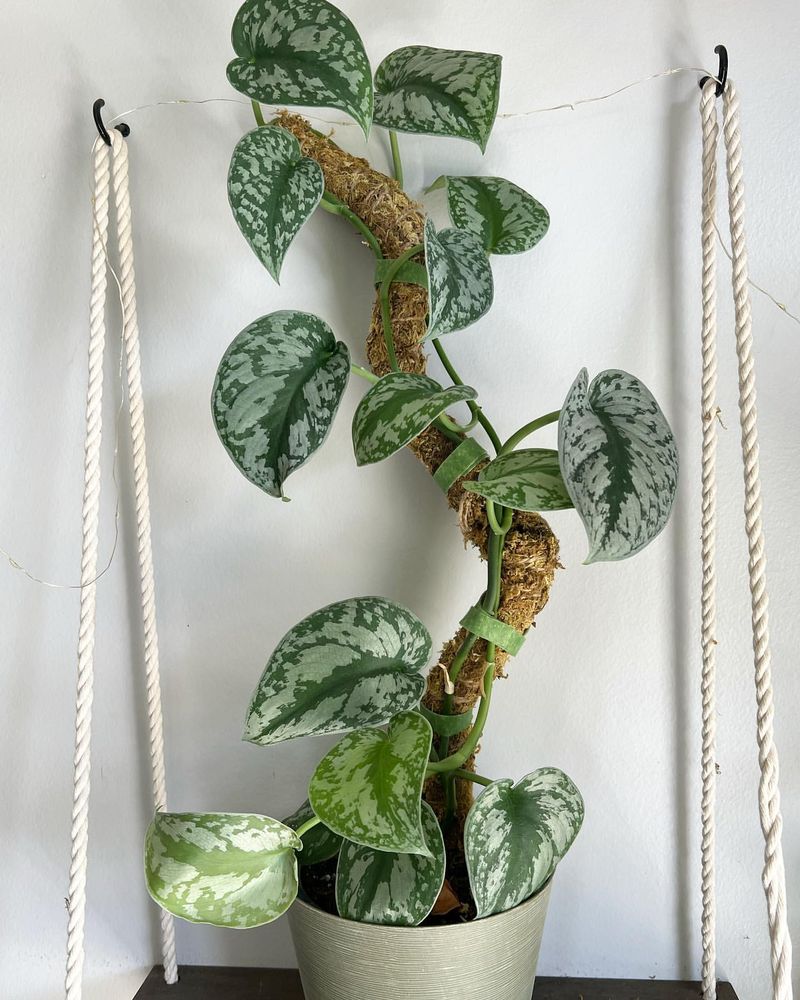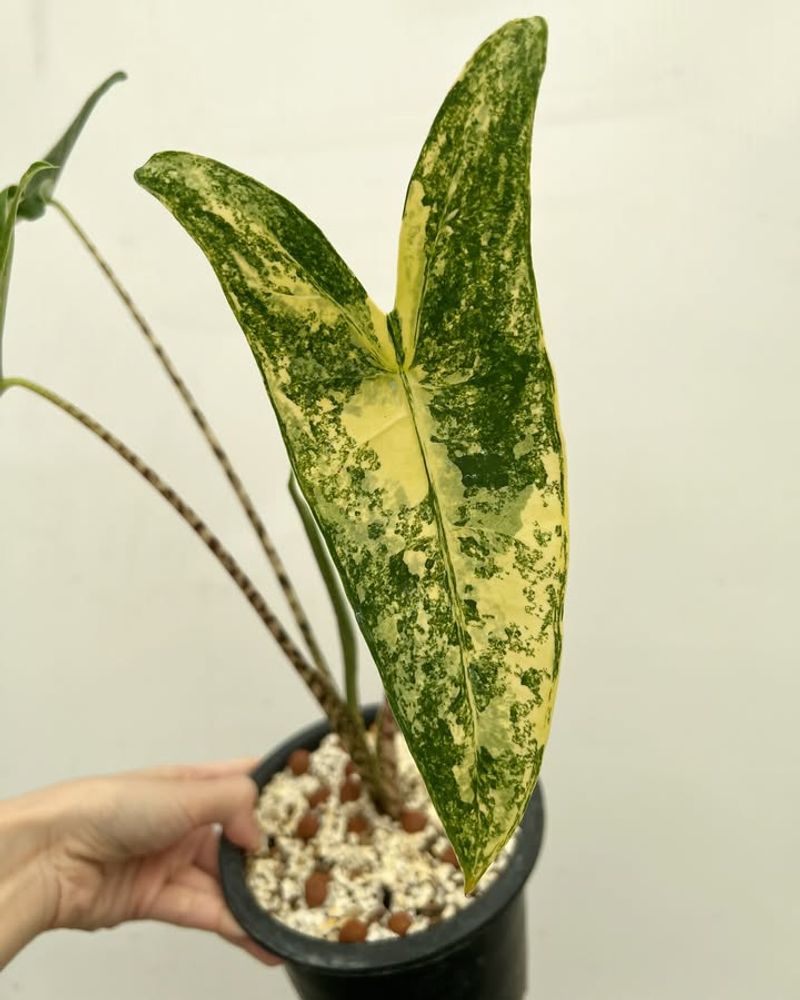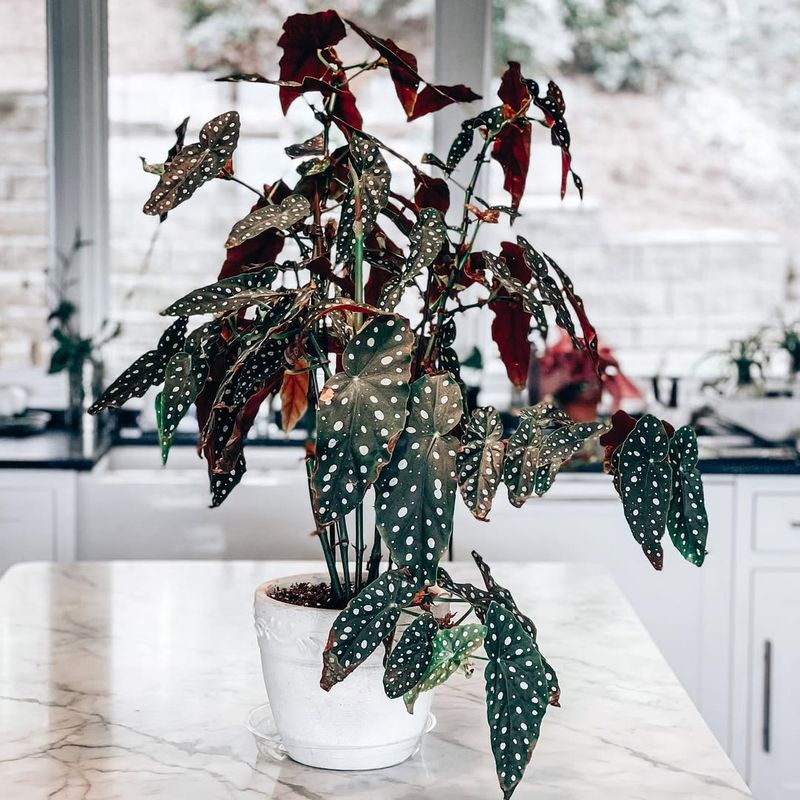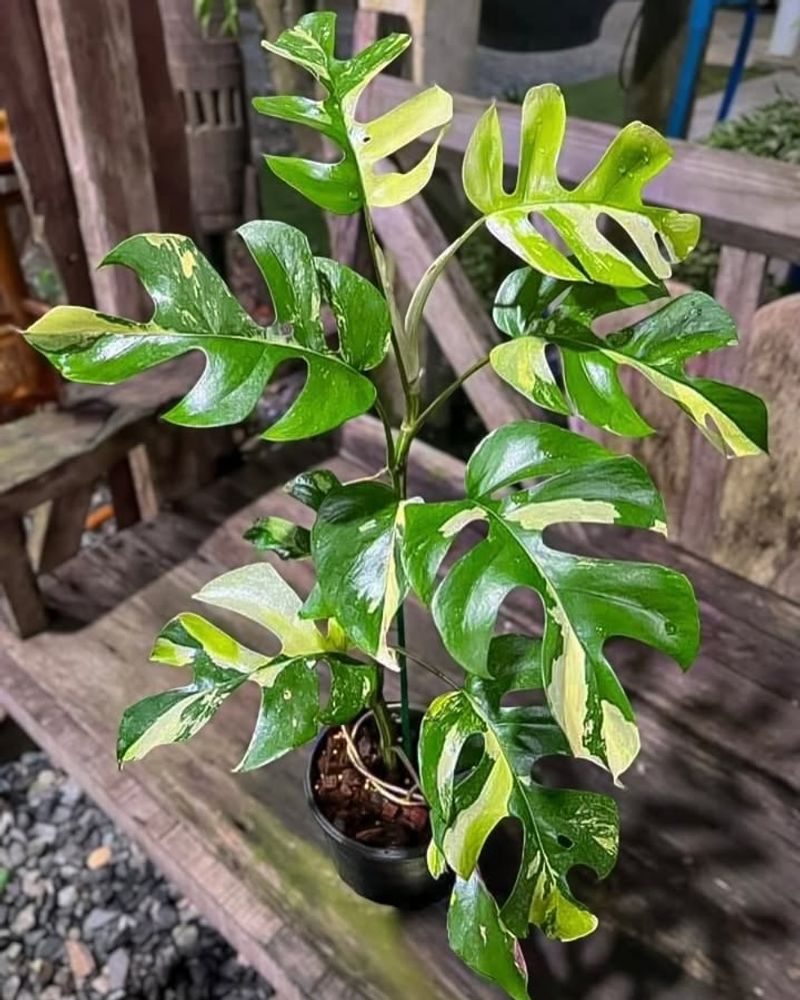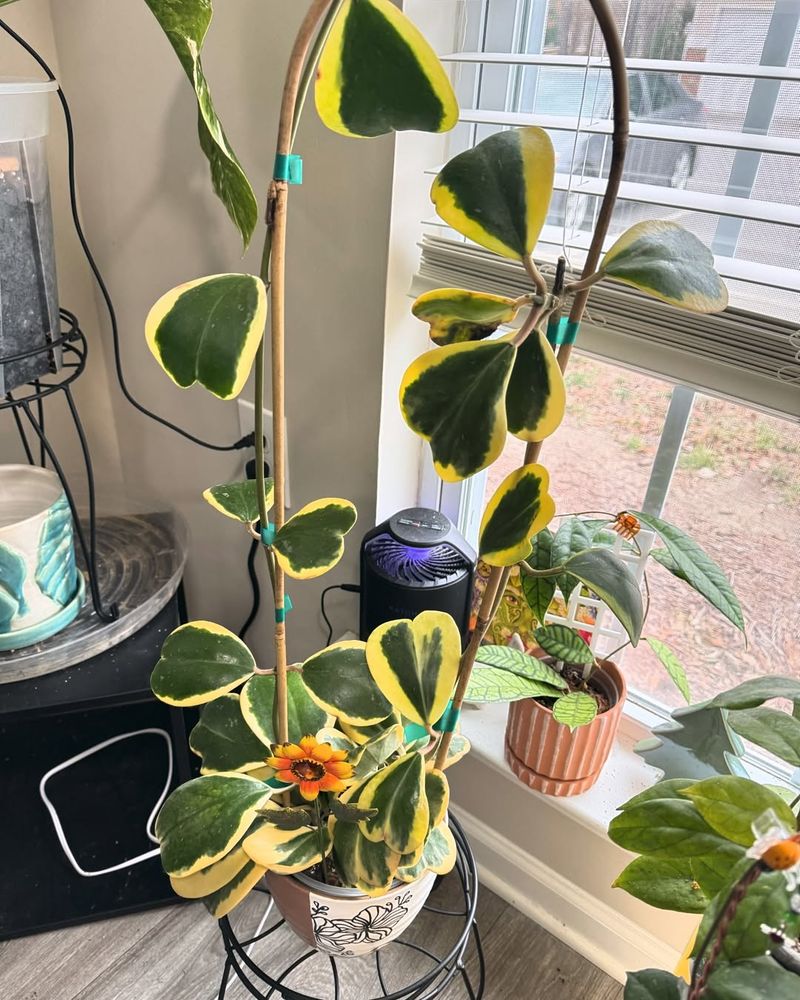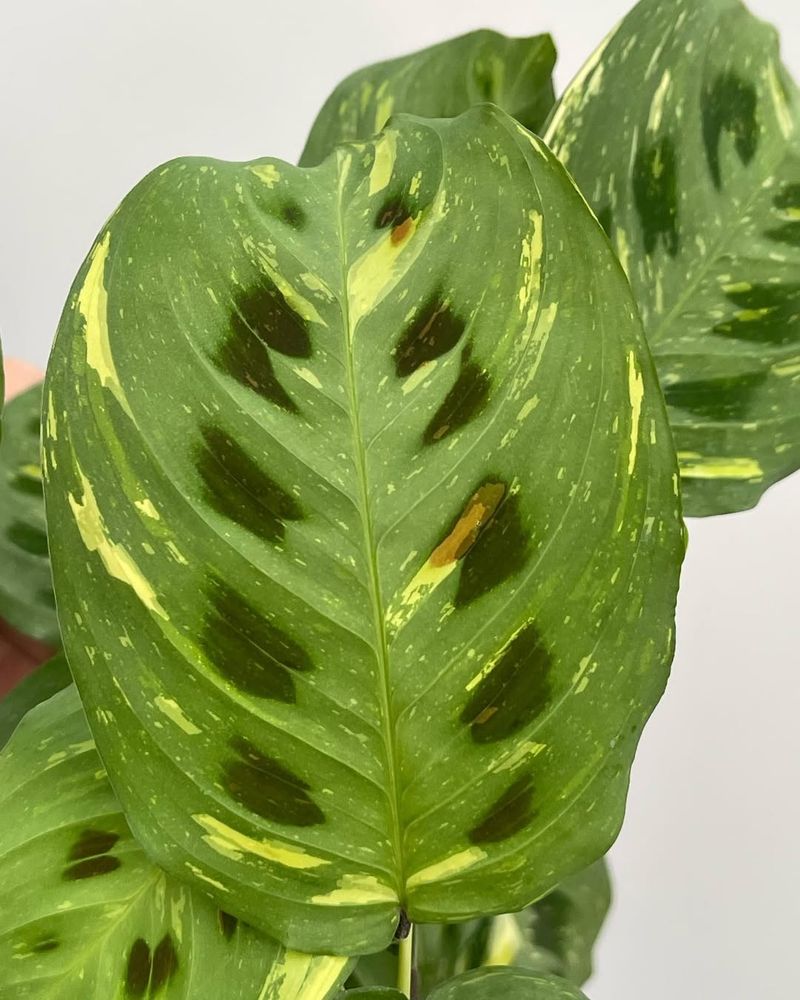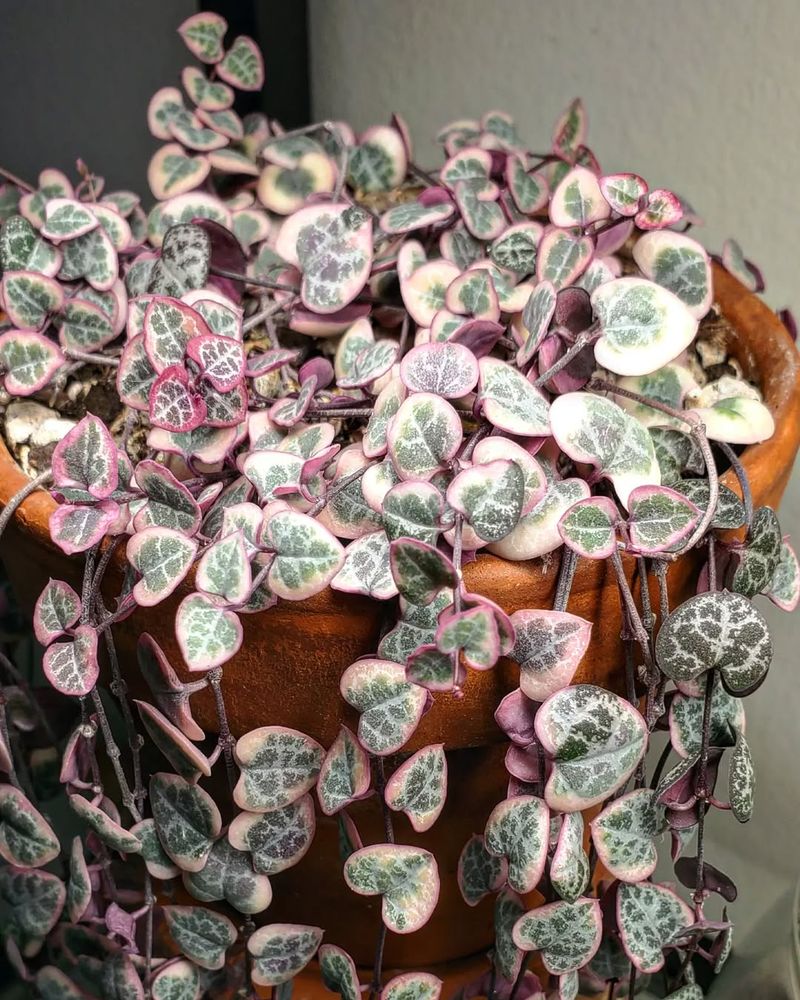Walking through Grandma’s cozy Wisconsin home, you might have noticed her collection of houseplants tucked into corners, hanging from macramé holders, or sitting on windowsills. What seemed like ordinary greenery back then could actually be worth serious money today.
Collectors around the world are now hunting for these classic plants, and some of them might be hiding in plain sight in homes across the Midwest.
1. Variegated Monstera Deliciosa
With its creamy white patches splashed across deep green leaves, this plant has become a collector’s dream. Grandma might have called it her “Swiss cheese plant,” not realizing each cutting could fetch hundreds of dollars.
The variegation happens naturally but unpredictably, making stable specimens incredibly rare. Some sellers online list single leaves for over a thousand dollars, which sounds wild until you see how many people are bidding.
Personally, I think this plant represents the perfect blend of nostalgia and modern plant trends. If your Wisconsin grandma had one of these beauties, you’re sitting on botanical gold.
2. Hoya Carnosa Compacta
I remember seeing this one in my grandma’s kitchen, hanging near the sink where it caught morning light. The twisted, rope-like foliage earned it the nickname “Hindu Rope Plant,” and it produced the sweetest-smelling flowers you could imagine.
Mature specimens with established root systems are now highly sought after by collectors. They grow slowly, which means older plants from the 70s and 80s are especially valuable today.
What makes this plant special is its patience—it takes years to develop that full, cascading look. Those Wisconsin grandmas who kept theirs alive for decades unknowingly created living treasure.
3. Philodendron Pink Princess
This one’s a showstopper with its bubblegum pink splashes against nearly black leaves. Back in the day, it was just another philodendron sitting in Grandma’s living room, but now it commands premium prices at plant shops.
The pink coloring is caused by a lack of chlorophyll in certain leaf sections, creating that striking contrast. Maintaining the variegation requires specific light conditions, making stable plants even more desirable.
If you inherited one from a Wisconsin relative, consider yourself lucky. Cuttings with good pink variegation regularly sell for well over a hundred dollars each.
4. Anthurium Clarinervium
Those heart-shaped leaves with bright white veins running through them like rivers on a map—that’s what makes this anthurium unforgettable. Grandma probably appreciated its dramatic foliage without knowing it originated from Mexican rainforests.
The velvety texture of the leaves sets it apart from common anthuriums. Collectors prize specimens with symmetrical veining and large, unblemished leaves, which older plants tend to have.
Many Wisconsin homes had these tucked away in humid bathrooms or kitchens. Now they’re Instagram famous, and prices have skyrocketed accordingly. Sometimes the best investments are the ones we never planned to make.
5. Syngonium Albo Variegata
Arrow-shaped leaves splashed with white made this climbing plant a favorite in older homes. It probably started as a small tabletop plant in Grandma’s Wisconsin house before trailing across shelves or climbing up supports.
The white variegation is genetic and stable, which collectors absolutely love. Unlike some variegated plants that revert to solid green, this one typically maintains its pattern through new growth.
What surprises most people is how much these have increased in value recently. A well-established plant with multiple growth points can easily sell for several hundred dollars, especially if the variegation is balanced.
6. Scindapsus Pictus Exotica
Silvery spots dusted across velvety green leaves give this plant an almost magical quality. Grandmas across Wisconsin grew these as easy-care trailing plants, often in bathrooms where humidity kept them happy.
The “Exotica” variety has larger silver patches than common varieties, making it more desirable. It’s forgiving and grows well in lower light, which is probably why it survived in so many older homes.
Mature plants with long trails are becoming harder to find as demand increases. If you’ve got one hanging around from decades past, it’s worth checking current market prices—you might be pleasantly surprised.
7. Alocasia Zebrina
Those zebra-striped stems supporting arrow-shaped leaves make this alocasia impossible to mistake for anything else. Grandma might have kept one in a bright corner, marveling at its exotic appearance without realizing its future value.
The bold stem pattern develops as the plant matures, with older specimens showing more pronounced stripes. Collectors seek out plants with multiple stems and well-established root systems.
In my experience, this is one of the most underrated plants from that era. Wisconsin homes provided the cooler temperatures it prefers during winter, helping these plants thrive when many others struggled.
8. Begonia Maculata
Polka dots scattered across angel-wing leaves with crimson undersides—this begonia has always been a head-turner. It was common in Wisconsin homes during the mid-20th century, thriving in bright indirect light near windows.
The spotted pattern is consistent and easy to maintain, which made it popular with grandmas who wanted reliable beauty. Now it’s having a major comeback, with plant enthusiasts paying premium prices for mature specimens.
What I love about this one is how it bridges generations. The same plant that charmed our grandparents is now captivating millennials and Gen Z plant parents, proving good taste is timeless.
9. Rhaphidophora Tetrasperma Variegated
Often called “Mini Monstera,” this fast-growing climber features split leaves that mimic its larger cousin. The variegated form, with yellow or cream sections, is exceptionally rare and commands astronomical prices.
Grandma probably had the standard green version, but occasionally variegation would spontaneously appear. If she kept that mutant stem alive, you’ve inherited something truly special that collectors would fight over.
The yellow variegation is unstable, meaning it can revert or intensify unpredictably. This unpredictability makes stable variegated specimens incredibly valuable, sometimes selling for thousands of dollars depending on the pattern and plant size.
10. Hoya Kerrii Variegated
Heart-shaped leaves earned this plant the nickname “Sweetheart Hoya,” and the variegated version is pure magic. Single-leaf cuttings were popular Valentine’s gifts, but full plants with vining growth are the real treasure.
The cream-colored edges or splashes on the leaves make variegated specimens highly collectible. Older plants that have developed multiple vines and flowering capability are especially prized by serious hoya collectors.
Many Wisconsin grandmas received these as gifts and nurtured them for years. If yours has grown beyond a single leaf into a proper vine, you’re looking at a plant worth considerably more than the sentimental value alone.
11. Maranta Leuconeura Kerchoveana
Dark chocolate spots on light green leaves give this prayer plant its charming appearance. Grandma would have loved watching the leaves fold up at night like hands in prayer, a behavior that fascinated generations.
This particular variety is less common than the red-veined version most people know. The subtle beauty and easy-care nature made it perfect for Wisconsin homes with central heating and moderate light.
Collectors now seek out mature specimens with full, bushy growth. What was once a humble houseplant has become a sought-after addition to rare plant collections, especially well-established examples from older homes.
12. Ceropegia Woodii Variegated
Delicate chains of heart-shaped leaves trailing down—that’s the String of Hearts, and the variegated form is breathtaking. Pink, cream, and green blend together in tiny hearts that cascade several feet when plants mature.
Grandma might have had this hanging in a sunny window, where it would produce those quirky tubular flowers. The variegated version is significantly rarer than the standard green, making old specimens particularly valuable.
These grow slowly, so plants that have been cultivated for decades develop impressive length and fullness. If you’ve inherited one from a Wisconsin relative, take good care of it—you’ve got something truly special.

